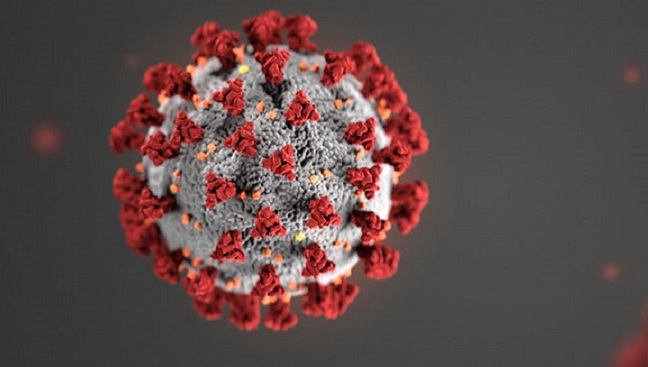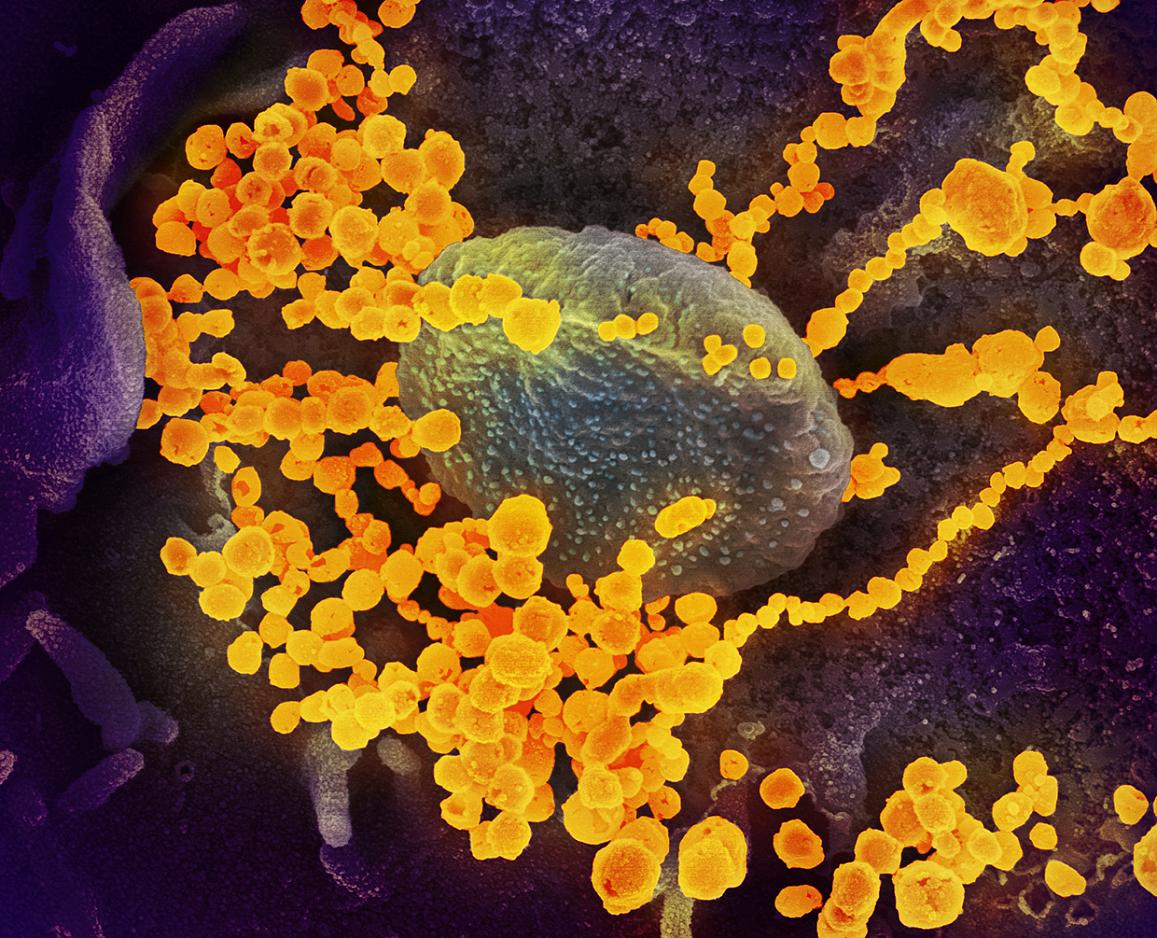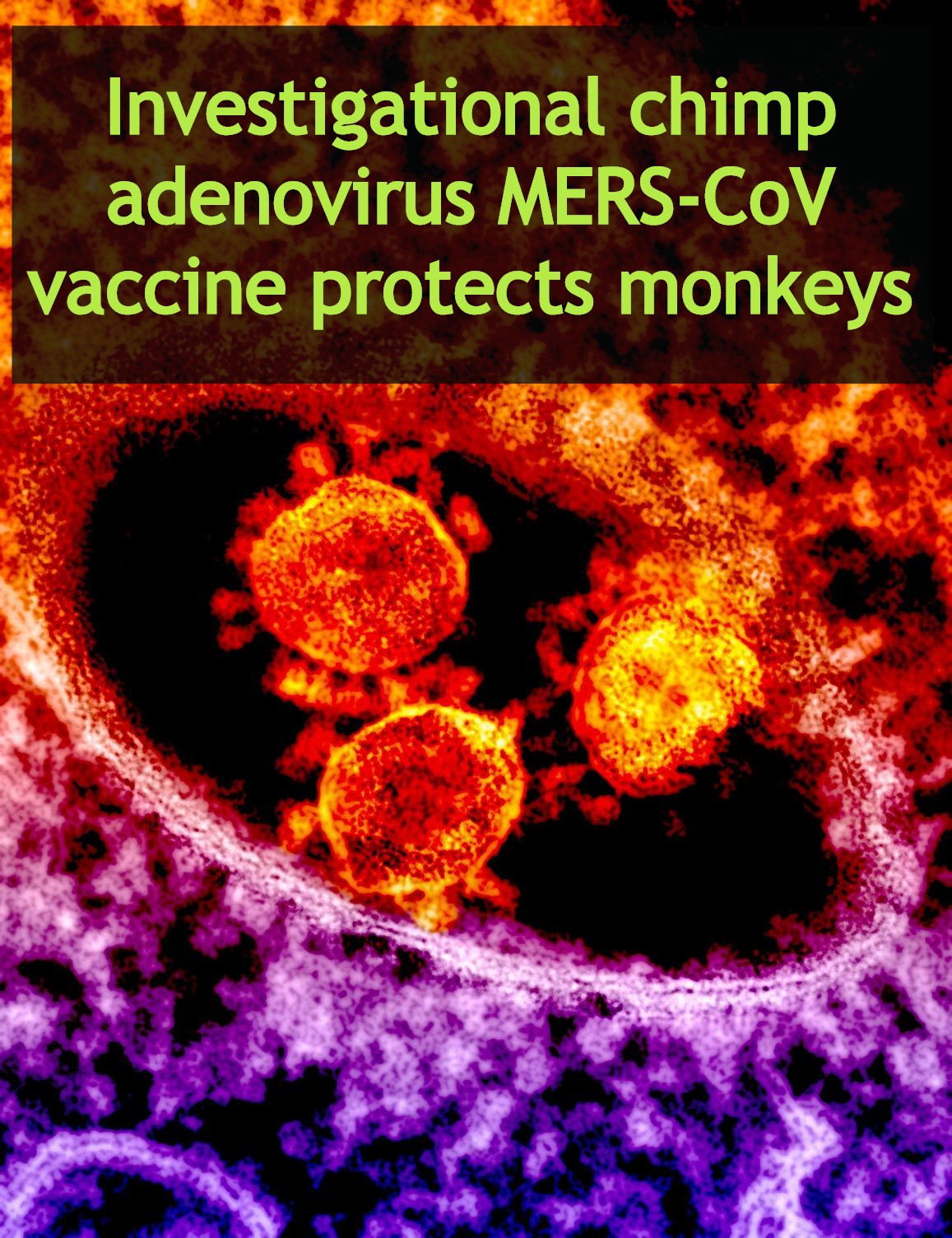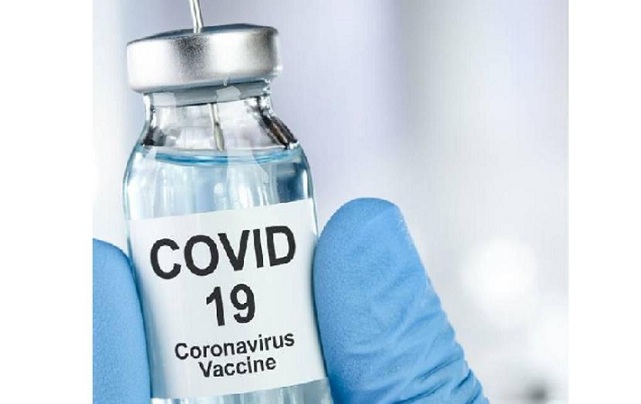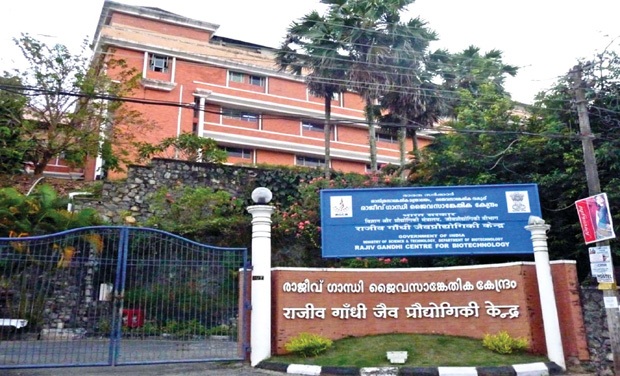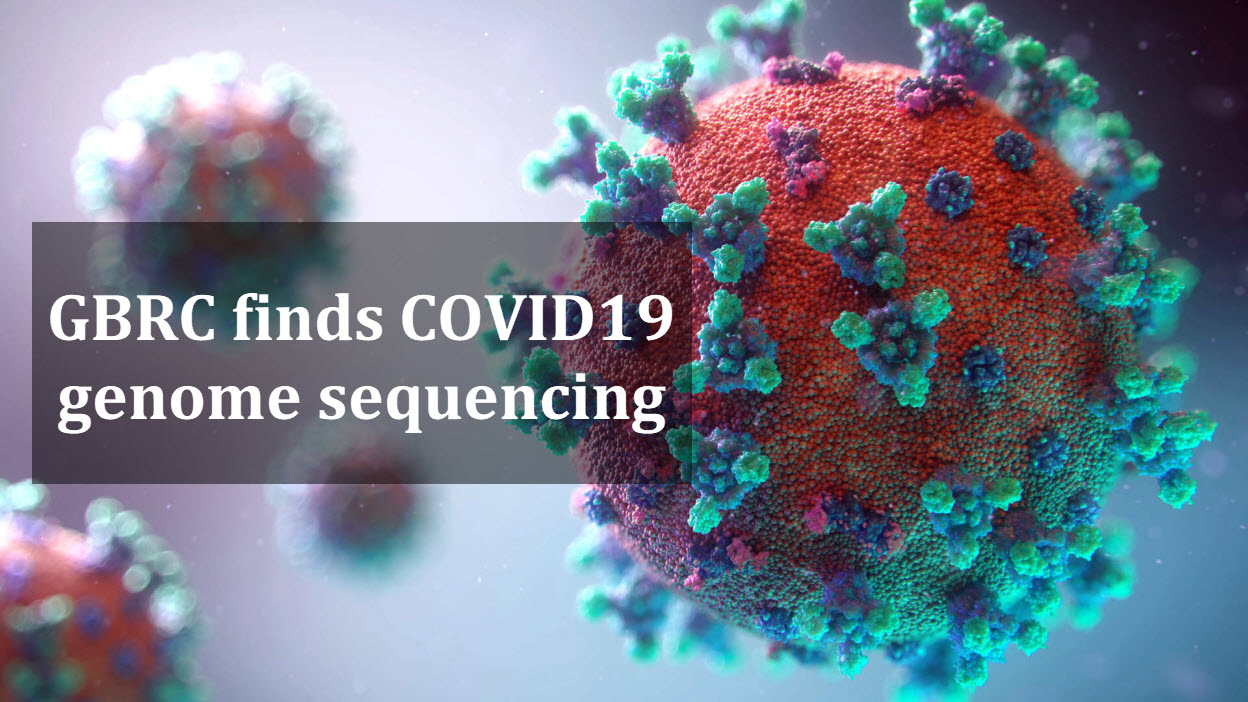As the demand for sanitizers has increased amid coronavirus outbreak, various laboratories have started the production of sanitizers. In one such endeavour, researchers of the National Botanical Research Institute (NBRI) have developed alcohol-based herbal sanitizer. The product is developed under Council of Scientific and Industrial Research (CSIR)-Aroma Mission as per the World Health Organisation (WHO) guidelines.


